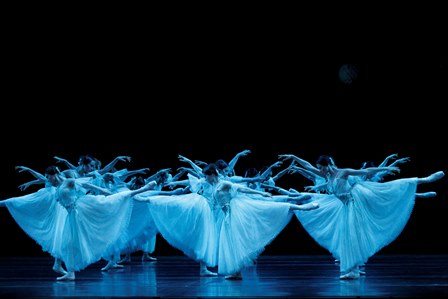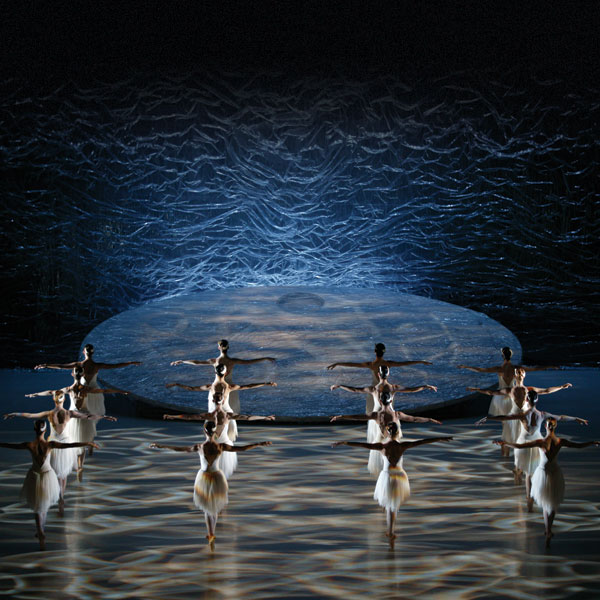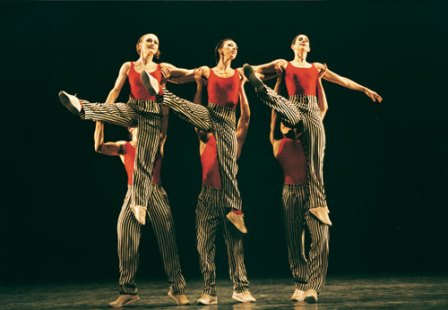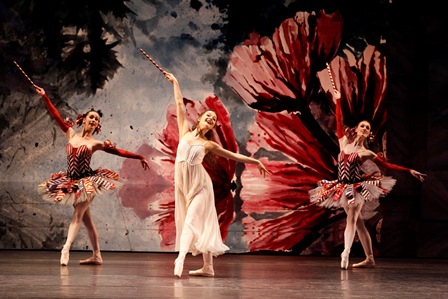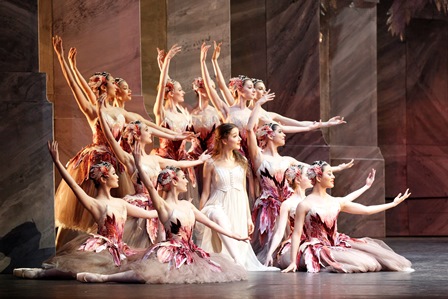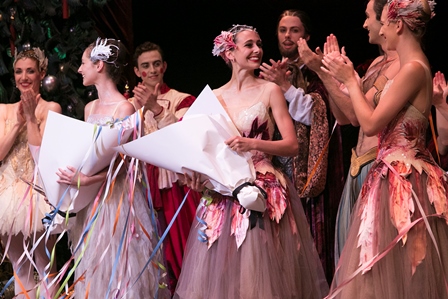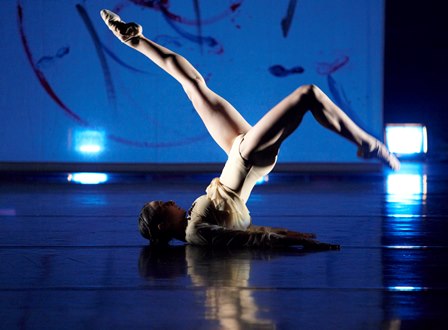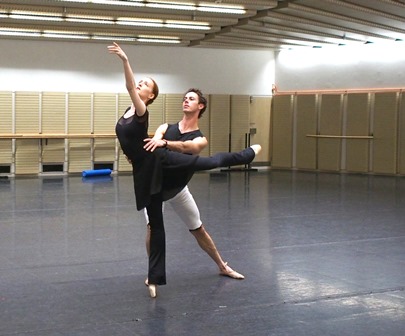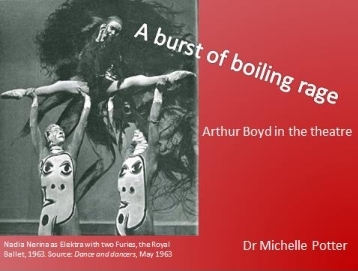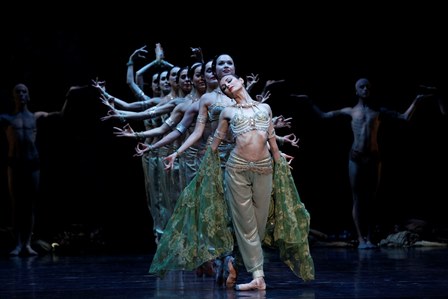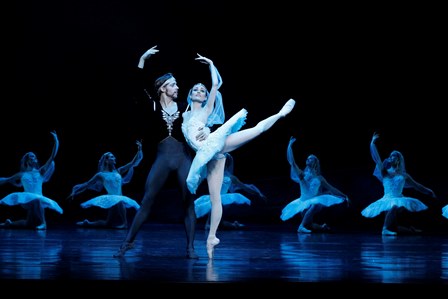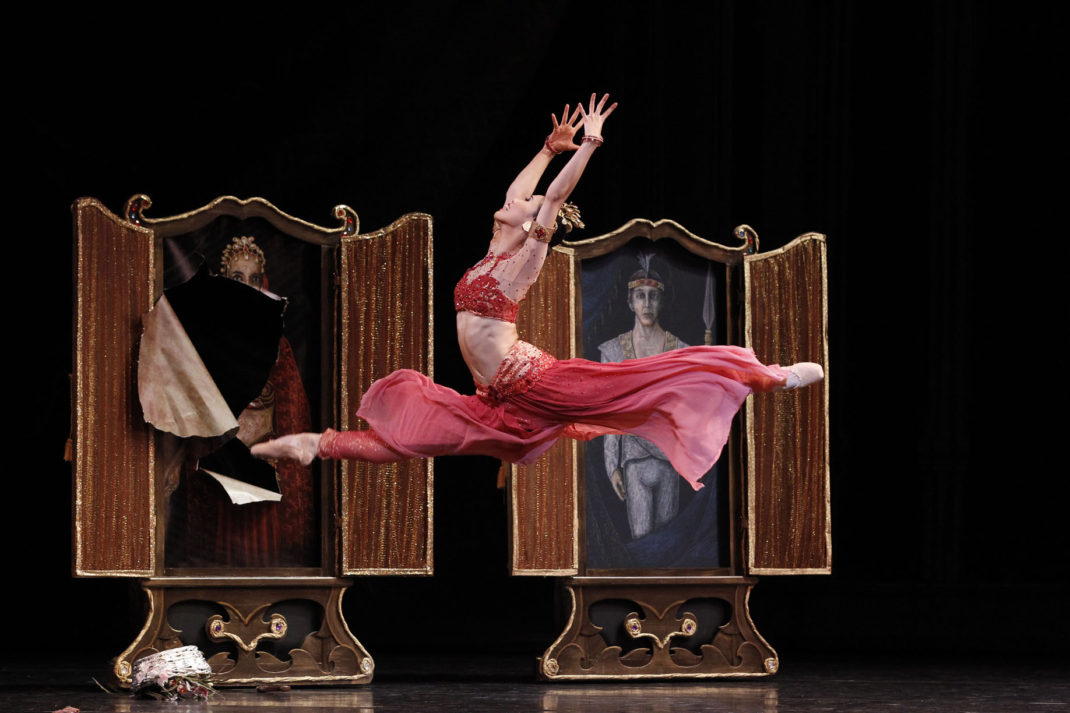4 April 2015 (matinee), Joan Sutherland Theatre, Sydney Opera House
Seeing an artist make his or her debut in a principal role is always an exciting prospect, especially when it is in one of the important classics of the ballet repertoire. It was a double thrill for the audience at the Sydney Opera House on 4 April when two Australian Ballet dancers, senior artist Juliet Burnett and coryphée Jared Wright, appeared for the first time in the leading roles of Giselle and Albrecht in Maina Gielgud’s Giselle.
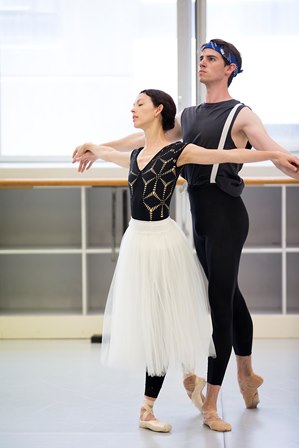
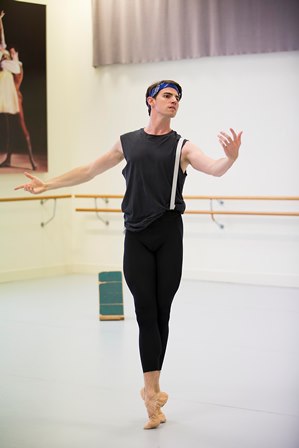
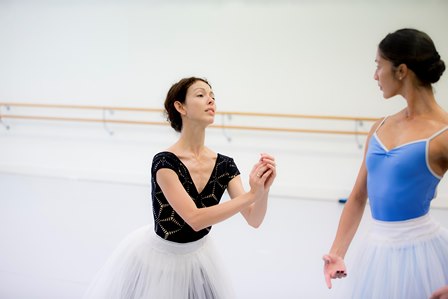
In rehearsal for Giselle. (l-r) Juliet Burnett and Jared Wright; Jared Wright; Juliet Burnett and Robyn Hendricks. All photos © Lynette Wills, 2015
Perhaps what stood out more than anything for me was the way in which both Burnett and Wright looked unhurried. There was time to savour each moment of their dancing and their interpretation of the roles. They were strongest in Act II. Burnett was as light as a feather, a frail wisp, as she moved across the stage. Wright was filled with the right amount of sorrow and desperation to atone for his betrayal of Giselle. Their first encounter was sweepingly poetic. Then Burnett pleaded for mercy from Myrtha and did her best to protect her love. Wright pleaded too and did his best to keep dancing. While each danced well technically, to the credit of these two dancers I wasn’t looking so much at execution of steps, I was swept up in the mood.
In Act I Wright struggled a little I thought with the duality of Albrecht and I was never quite sure how he saw himself at any one time, peasant or royalty? There are moments of each for Albrecht in Act I and it is not easy to work between the two. Burnett was quite frightening in the mad scene as her limbs shook and her blank expression removed her from the real world. It lacked a certain theatricality, however, which would have lifted the scene to another level. Sometimes too real isn’t quite enough.
Of the minor principals, Olga Tamara gave an interesting interpretation of Berthe, Giselle’s mother. She set herself apart as a matter-of-fact lady, and her apprehension that the Wilis were present in the village and waiting for her daughter was conveyed strongly. Amanda McGuigan made a commanding Myrtha, cold and haughty.
I hope it is not as long between Australian Ballet seasons of Giselle as it has been recently. Both Burnett and Wright showed great promise of things to come and they deserve the opportunity to hone their interpretations, to polish their technique and to grow as artists. There are few ballets that offer such a great opportunity to reach new heights in one’s career as Giselle gives to those who are entrusted to carry on its beauty, its demands and its legacy.
Michelle Potter, 5 April 2015
My review of another performance of Giselle with Natasha Kusch and Chengwu Guo is at this link.
